In this article, I summarize some of the latest episodes of censorship of works of artistic nudes on social platforms, while analyzing the controversial phenomenon in which the artistic nude is deemed as “pornography”.
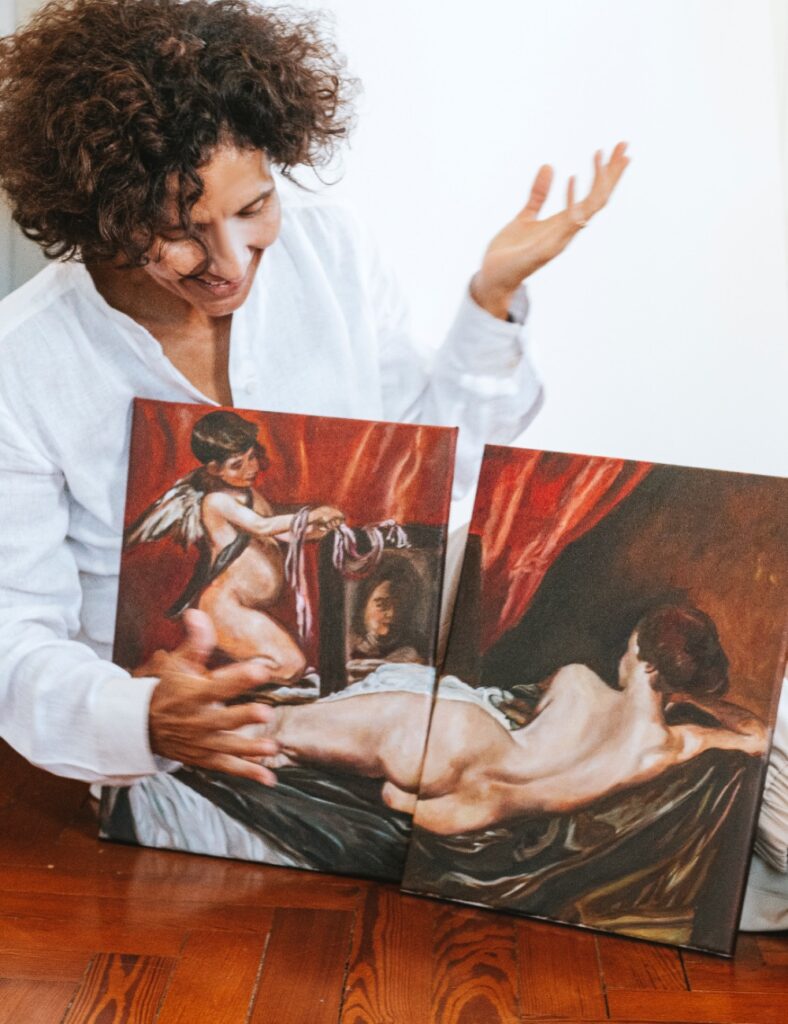
Magaly with his Homage to Velazquez
https://magalyarocha.com/negozio/omaggi/omaggio-a-diego-velazquez-venere-allo-specchio/
Delicate topic for everyone, both established and emerging artists
I will do so from my own experience as an emerging artist, whose artistic research focuses on the human body and whose work has been censored by Instagram and Facebook. Not only the nudes, but also my “dressed” dancers with only their legs and arms uncovered (maybe it’s because the FB algorithm dances with women in diving suits)
A bit of history: art and censorship
Art, in all its expressions, has always had to deal with censorship.
Many masterpieces were originally considered scandalous, immoral, and devious.
Some examples:
“Breakfast on the Grass” by Manet; the works “Woman in Orange Stockings” by Egon Schiele; Kilmt’s “Judith”; “Dream and The Origin of the World” by Gustave Courbet.
The 21st century
What’s new nowadays in the 21st century? Indeed, social media also seem to go against artistic nudity.
Algorithms do not distinguish between pornography and art. As soon as they “recognize” explicit content, they automatically delete it.
The unfortunate thing about this “automatic” action is that in many cases it is a work of art.
Result?
Well, some museums have migrated to “adult sites” (The Vienna Tourist Office has decided to open an account at OnlyFans).
Fortunately, in Italy some museums have reacted against this confusion or labeling of nudity as pornography. This is the case of the Canova Museum, which has decided to launch an awareness campaign against the censorship of art on social media. It has done so because, since #antoniocanova’s publications have been censored, arguing that his works of art do not “comply with the guidelines of the community.”
Thus, a work like “Las Gracias di Canova” has been subjected to the same treatment that a photo of a porn star would receive.
Likewise, the museum has created a Manifesto against censorship: which reads as follows:
“The world has been enriched with a new beauty: the beauty of connection.
Every day we connect, download information, news, but what can we do if it is not possible to share the total and complete beauty of a ’’work of ’’art that represents a nude?
We want to subject ’the algorithm to the higher laws of the golden ratio.
We want to sing ’the love for l’artand for the beauty of Hebe’s newly sketched breasts.
We want to be able to share the artistic nude on social media and on the walls and spread the perfection of the naked bodies portrayed by artists of all ages… “
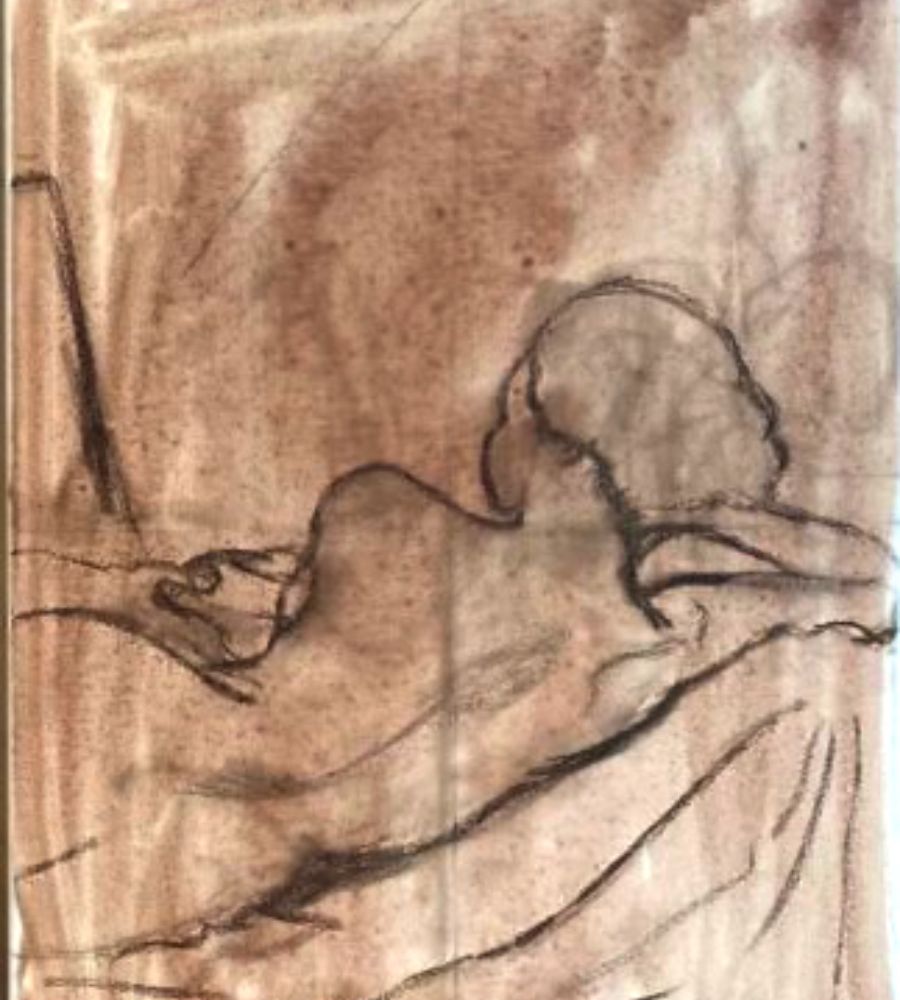
Detail of the charcoal drawing of my homage to Velazquez and his Venus in the mirror
Le Facebook’s rules
What does Facebook say regarding the censorship of the naked body?
“… We limit the dissemination of nude images because some areas of our global community are particularly sensitive to this kind of content, especially due to age and cultural backgrounds …”
And then:
“… We removed photographs of people showing the genitals or buttocks. We delete photographs that expose the breasts if they include the nipple, but we allow the dissemination of photographs of women who are breastfeeding or show the scars of a mastectomy …”
Some considerations
Taking the above as a reference, you can think that for Facebook almost everything or everything related to a naked body, except breastfeeding or mastectomies, is pornography.
This discrimination towards the nude per se is surreal since there are daily episodes of racism, assaults and pornography on social media.
In this regard, Guido Nostri in his article “Il corpo nudo e censurato sui social” (The naked and censored body in social media) offers an interesting reading:
“The eye, in social media, is stimulated to wish, to consume the next image, a desire that continuously grows. The sexualized but clothed body makes us look for the next image.
The naked body, on the other hand, is the last image, the final revelation.
Social media, as platform that stimulate the continuous recurrence of desire, are unsuitable for the naked body because they are contrary to the satisfaction of any user”.
On the other hand, the American psychologist Fekete affirms that: ““it is not so much the vision of the breast, but the vision of the nipple that causes ’arousal in men” […]
“men sufferthe erotism ofthe feminine image and find themselves disarmed. They cannot accept to suffer this state of weakness, in the sense of finding themselves almost governed by the power of the beauty of the female nude and therefore they take action by censoring.” […]
I say that a man, however disturbed by a nipple, is also able to distinguish a painting (the result of creativity and imagination) from a photo (real).
My questions
If big museums have to migrate to adult sites, I wonder what emerging artists like me can do in the face of Facebook and Instagram censorship? Where can we migrate to?
Artisnot pornography.
Representing sexually explicit images does not make a work of art into pornography. What makes a pornographic content is its intention to excite the user in exchange for money and this does not happen in art.
In this regard, the sculptor Ismaele Nones is very clear:
“If someone asks if it is really necessary to show certain images, or certain poses, or certain nudes, my answer is yes. There is a need, because the body is beautiful. Sex is good.
And one of the macro themes of art is beauty. Art investigates where the human being becomes human and where the human being undresses”.”.
I share Sabrina Casini’s point of view when she argues:
“Education on beauty could make a difference. The work of art itself, be it artistic nude or not, should stimulate our senses towards the contemplation of beauty and not towards perversion.
We have to enjoy in person the great artistic works of Antonio Canova. No matter if we have to stop following social media and walk, look and really experience art and its “Eternal Beauty”.
One more reason to go to the Museums😊
A guide for artists
The New York lobby group “Don’t Delete Art” on the website https://dontdelete.art offers an artist guide that:
- “… combines advice from Facebook and Instagram staff, with ideas for artists on how to abide by the vague, and often capriciously enforced rules that govern what’s allowed on social media when it comes to art. “
- One section describes how to contextualize non-photographic art, specifying that “effectively contextualizing your work will help the algorithm see your work as acceptable according to the guidelines, thus minimizing the likelihood that the content will be unfairly censored.”
- A detailed section on nudity lists what is not allowed, including “visible genitalia, except for babies and medical matters.”
Artists can submit their work for team review by simply completing the appropriate form.
My opinion
I wonder if this site is a practical and realistic alternative to be applied by emerging artists
If it really manages to overcome censorship or is it a sneaky way to lead the “lost sheep” into the herd that Facebook and Instagram want everyone to follow, even artists?
Can you imagine a Monet, a Rodin or a Modigliani complying with these regulations and filling out forms so that their work “complies” with certain network standards”?
Not me… Because the artist must focus his/her attention and energy on creating. In addition to that, also at the time of spreading his/her art, he/she must be pigeonholed by rules set by people who know about marketing but very little about art …
I think we are afraid of the nude, because from an early age they talked to us about original sin and we saw the marvelous works of Roman times covered by a fig leaf, at the behest of an obscurantist religious tradition
I think artists should make a movement called “educating Facebook and Instagram”, send them to a basic art course and how to differentiate artistic nudity from pornography …
This is my position on the mishandling that Facebook and Instagram do of artistic works of nudity.
I am interested in knowing your standpoint. Do you think this censorship on social media is correct?
Write to me
-
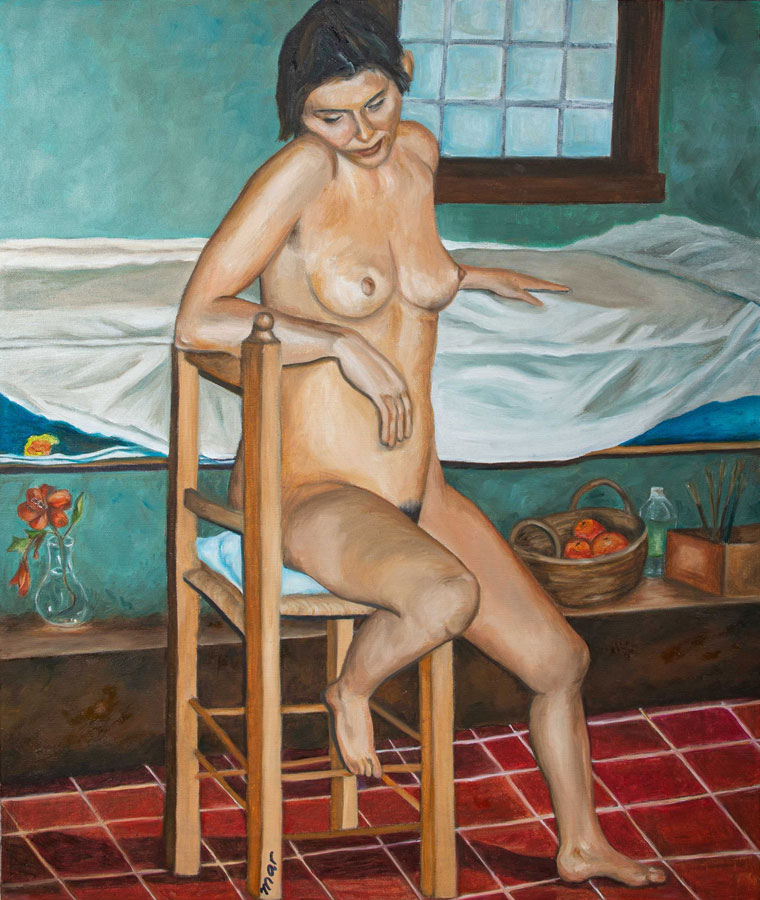
https://magalyarocha.com/negozio/nudi/apacible/ -
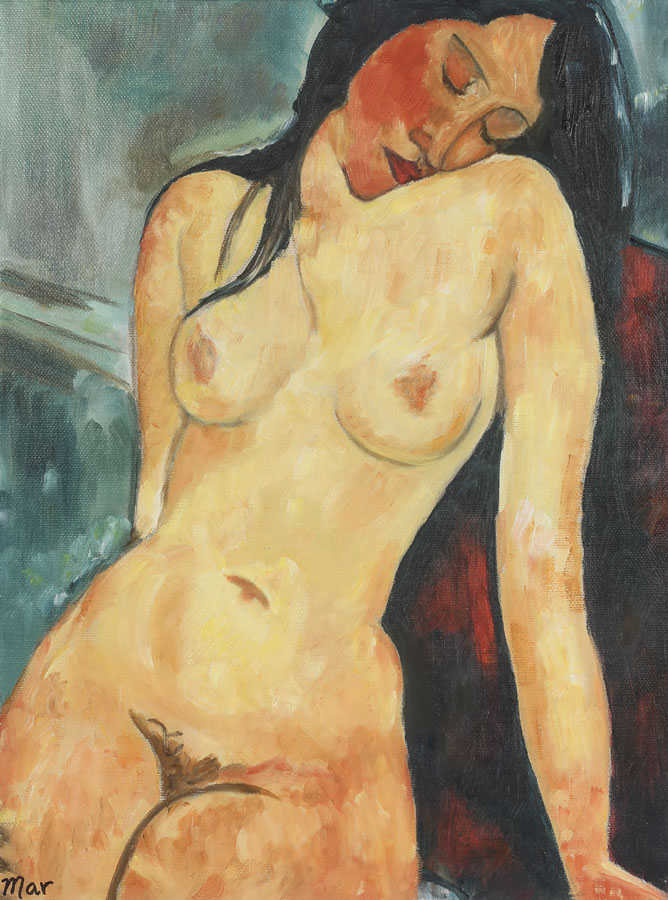
https://magalyarocha.com/negozio/omaggi/omaggio-a-modigliani/ -
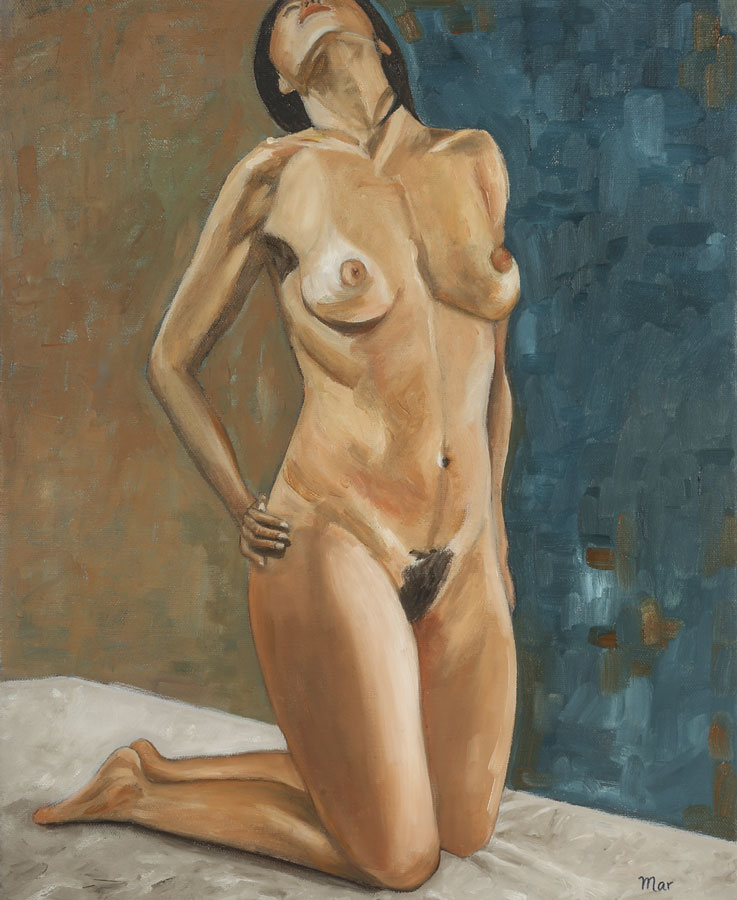
https://magalyarocha.com/negozio/nudi/in-posa/ -
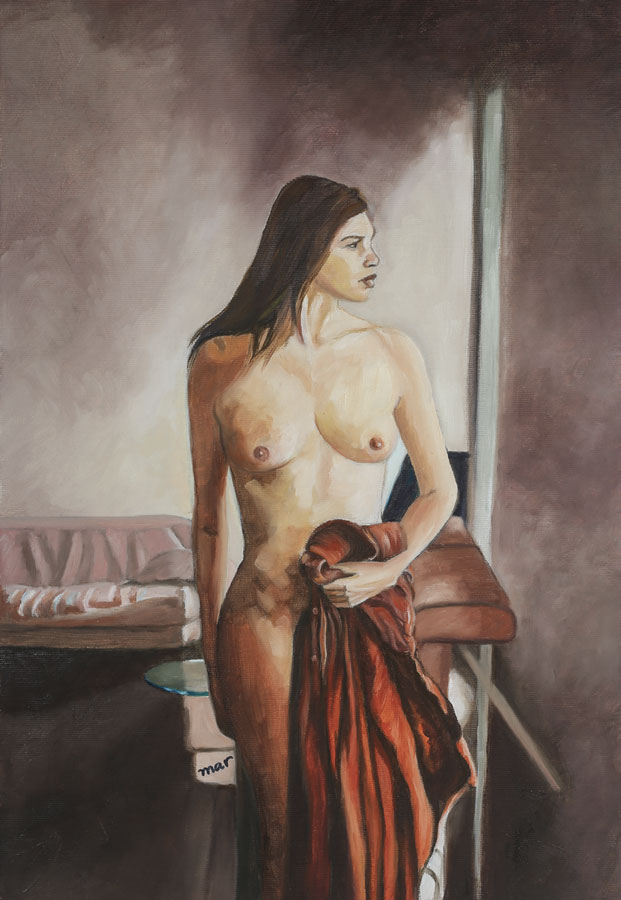
https://magalyarocha.com/negozio/nudi/senza-titolo/ -
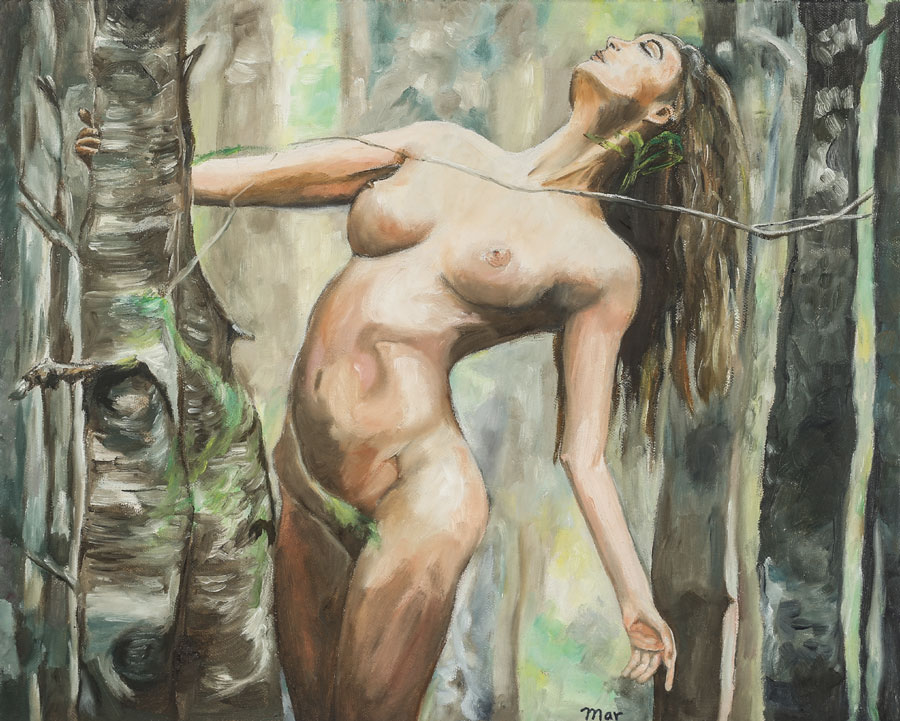
https://magalyarocha.com/negozio/nudi/madre-natura/
Sources
Guido Nosari: Il corpo nudo e censurato sui social, nonsolowork.com
Nudo artistico o a “luci rosse”? E’ un algoritmo a stabilirlo ultimovoce.it
Come evitare la censura online una guida per gli artisti. Il giornaledell’arte.com

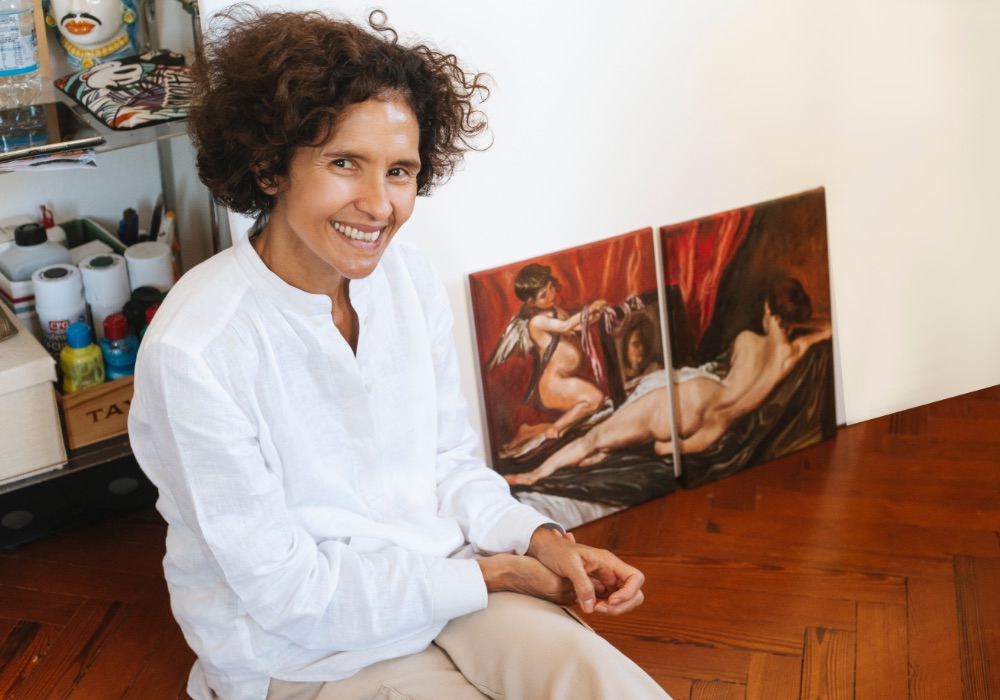
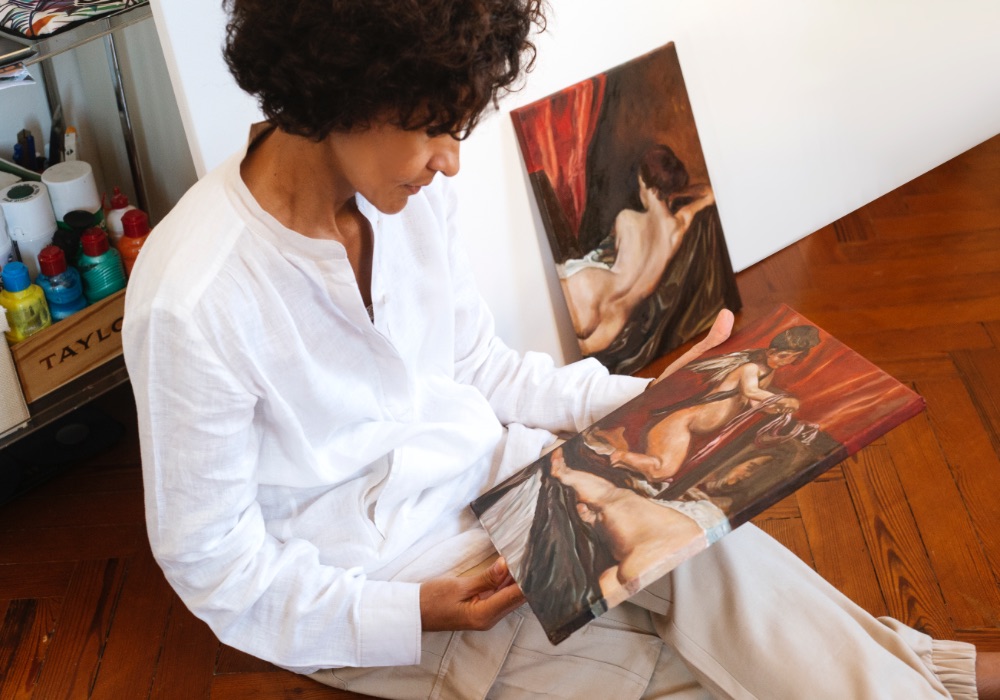
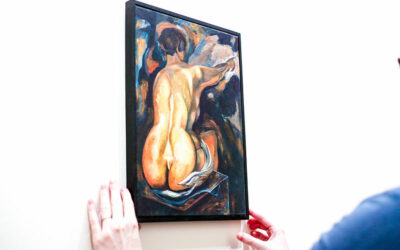
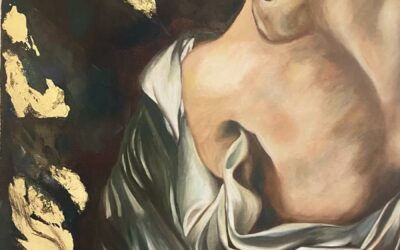
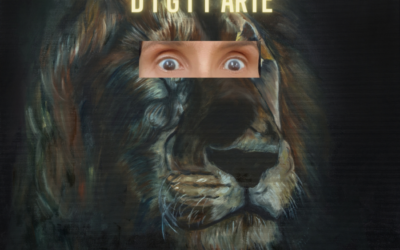
0 Comments